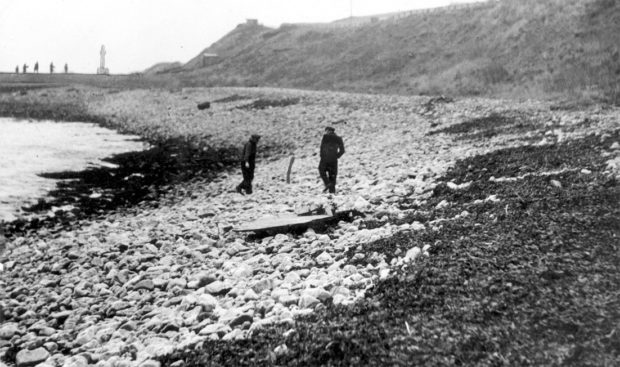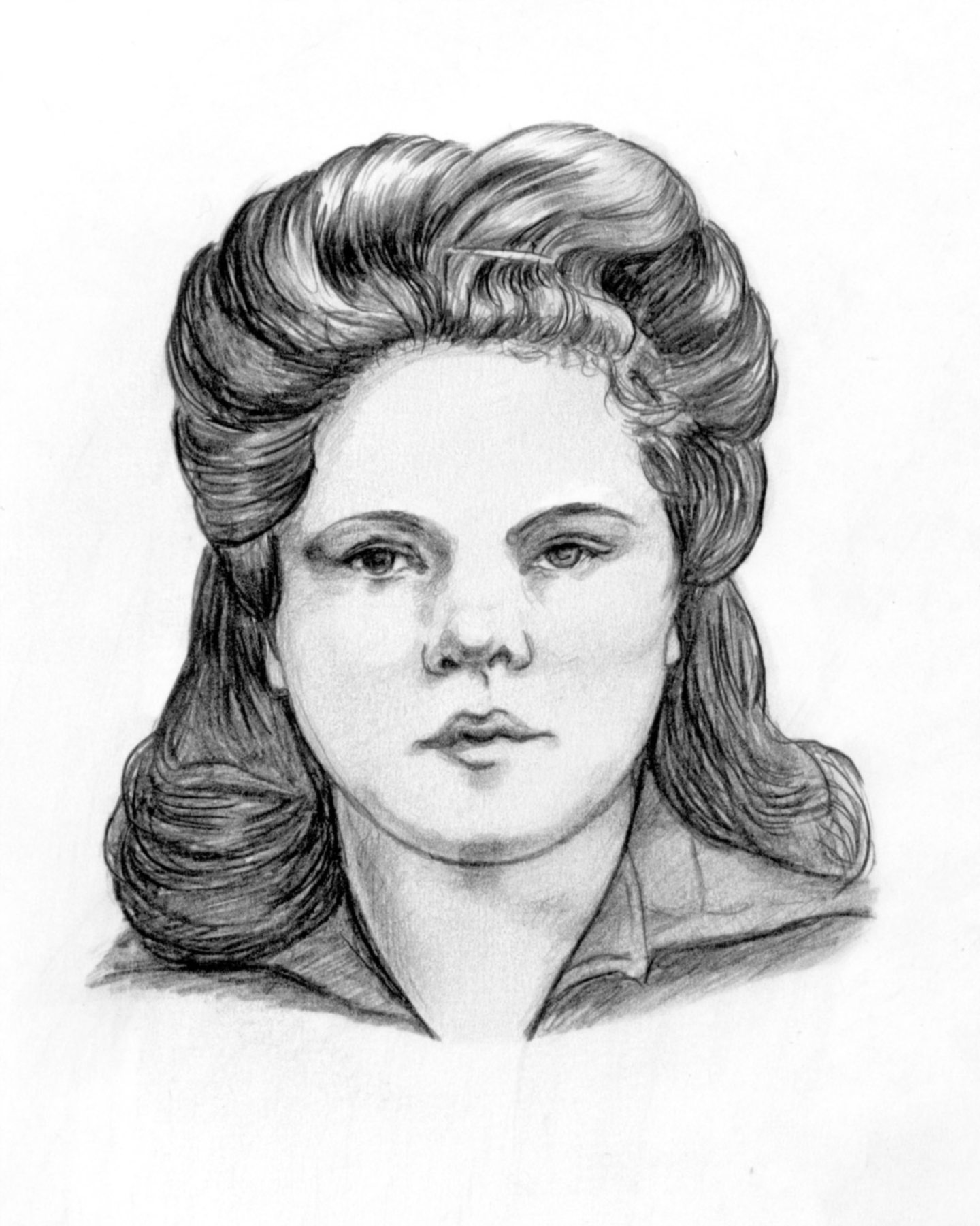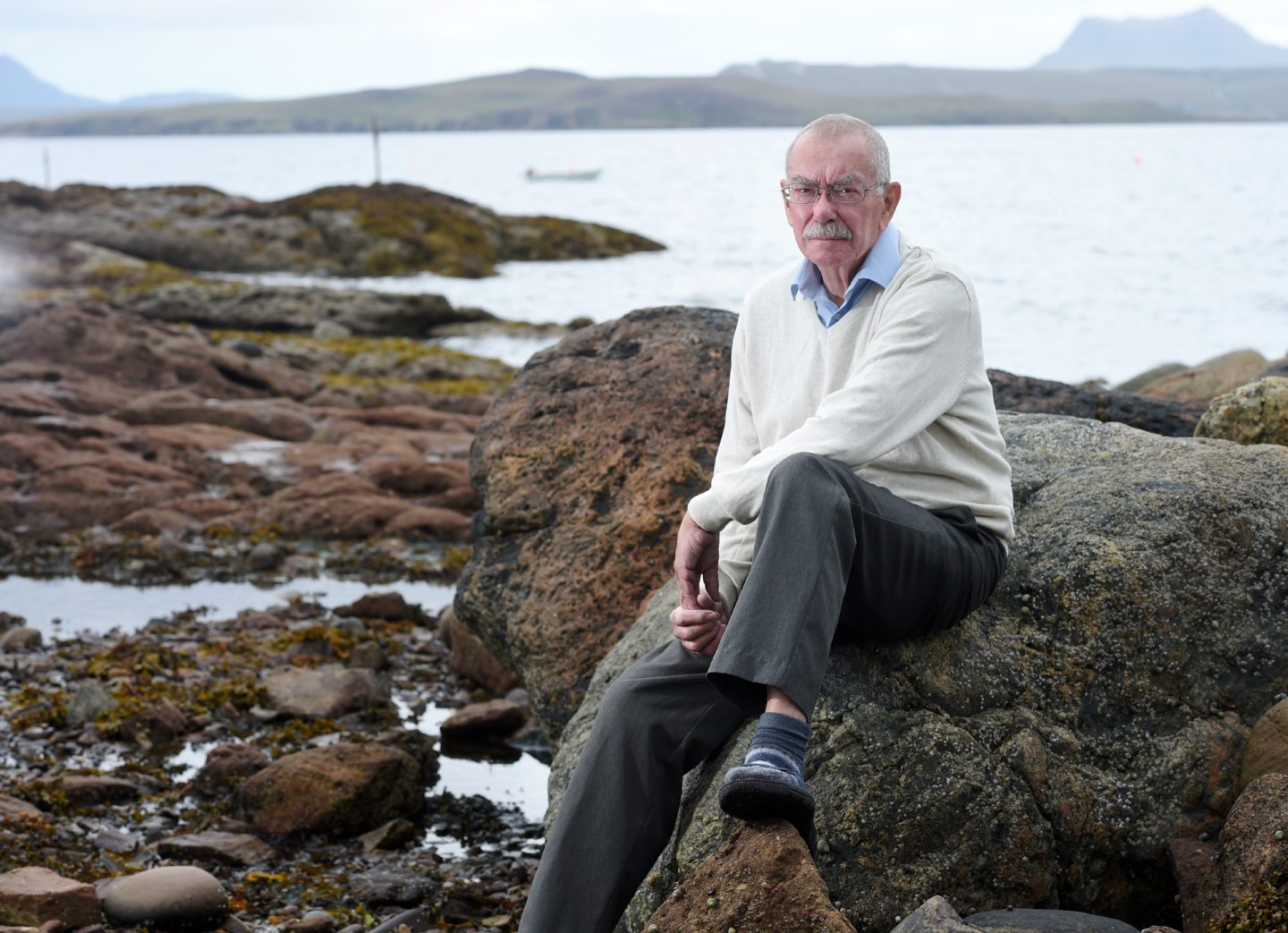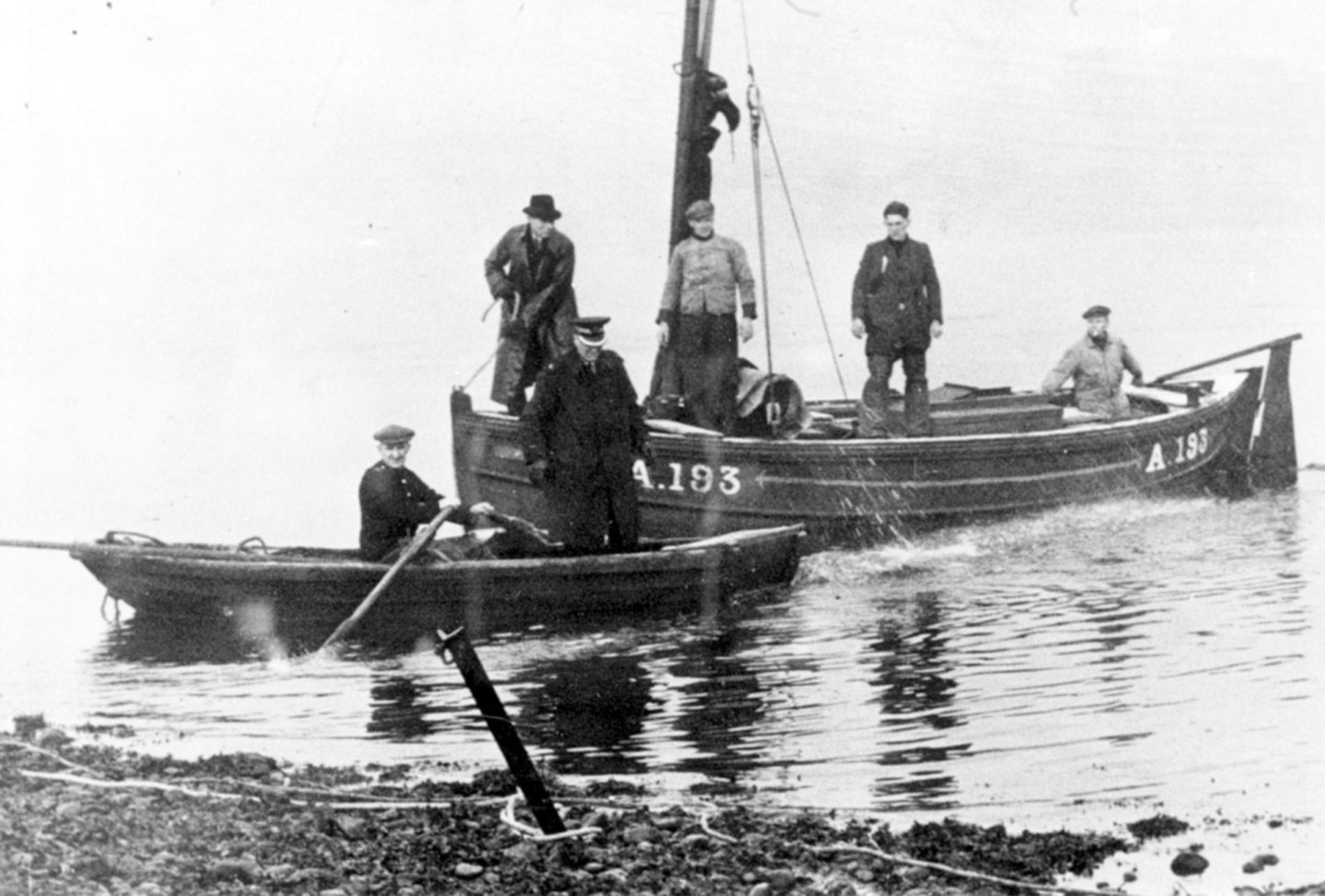In December of 1945 the country was gripped by the sudden disappearance of a young Aberdeen woman, Betty Hadden – and the discovery of her arm in the harbour.
Unsolved to this day, the case baffled Aberdeen City Police and had the public gripped.
Miss Hadden, 18, had been spotted in the company of two sailors on Castle Street on December 10 1945, and then with a group of girls shortly afterwards, but those were the last times she was ever seen.
Days later an arm and hand were discovered among rocks near Aberdeen harbour with a piece of twine tied in a granny knot around the wrist.
And, even in the 1940s, investigators took just four hours to match the limb to the missing girl.
The fingerprint department quickly identified the arm as belonging to the young Betty Hadden, a “lady of the night” well known along the waterfront.
The press at the time labelled the case “a baffling mystery”.
Miss Hadden had also been living homeless in the weeks leading up to her disappearance, which made the task of detectives all the more difficult.
After her arm was discovered, checks were carried out at hospitals yet there were no records of any female being treated for arm amputation injuries, and medical experts suggested it was unlikely she would survive such an injury without treatment.
And despite huge advances in technology in investigating crimes, world-renowned forensic expert Professor Dave Barclay said the may well still go unsolved today.
Professor Barclay, who was a senior lecturer at Robert Gordon University and, up until retiring in 2006, was head of physical evidence at what was then called National Crime Faculty, said: “I think we’d be very, very lucky to detect that case now, unless you could track her on CCTV with somebody.
“That would be fine, you could maybe get a suspect from that.
“Of course there would be lots and lots of evidence where she was actually killed and where she was dismembered, if she was indeed dismembered. I’m very cynical about that. Maybe her arm has just been cut off, not accidentally, but that was all that happened, and after that they gave up so the rest of her body would have been somewhere else.
“But if that happened they didn’t need to throw the arm away. They might as well have kept it with the body.
“It’s a very difficult one to solve.”
DNA was not utilised until almost half a century later, but Professor Barclay said, if the case were to happen today, that’s something which may have been a useful tool in piecing together the jigsaw.
He said: “There could be contact DNA on the arm where somebody’s held it to try and saw it in half, but that would be destroyed being in water for 24 hours so the new techniques are not likely to be helpful.
“The only thing I can think of is that if she’d scratched the person while she was still alive she might have had their DNA under her fingernails and that just might survive. I’ve known other cases where it’s survived after immersion in water.
“That would be something you could possibly have used, but it was 40 years too soon.”
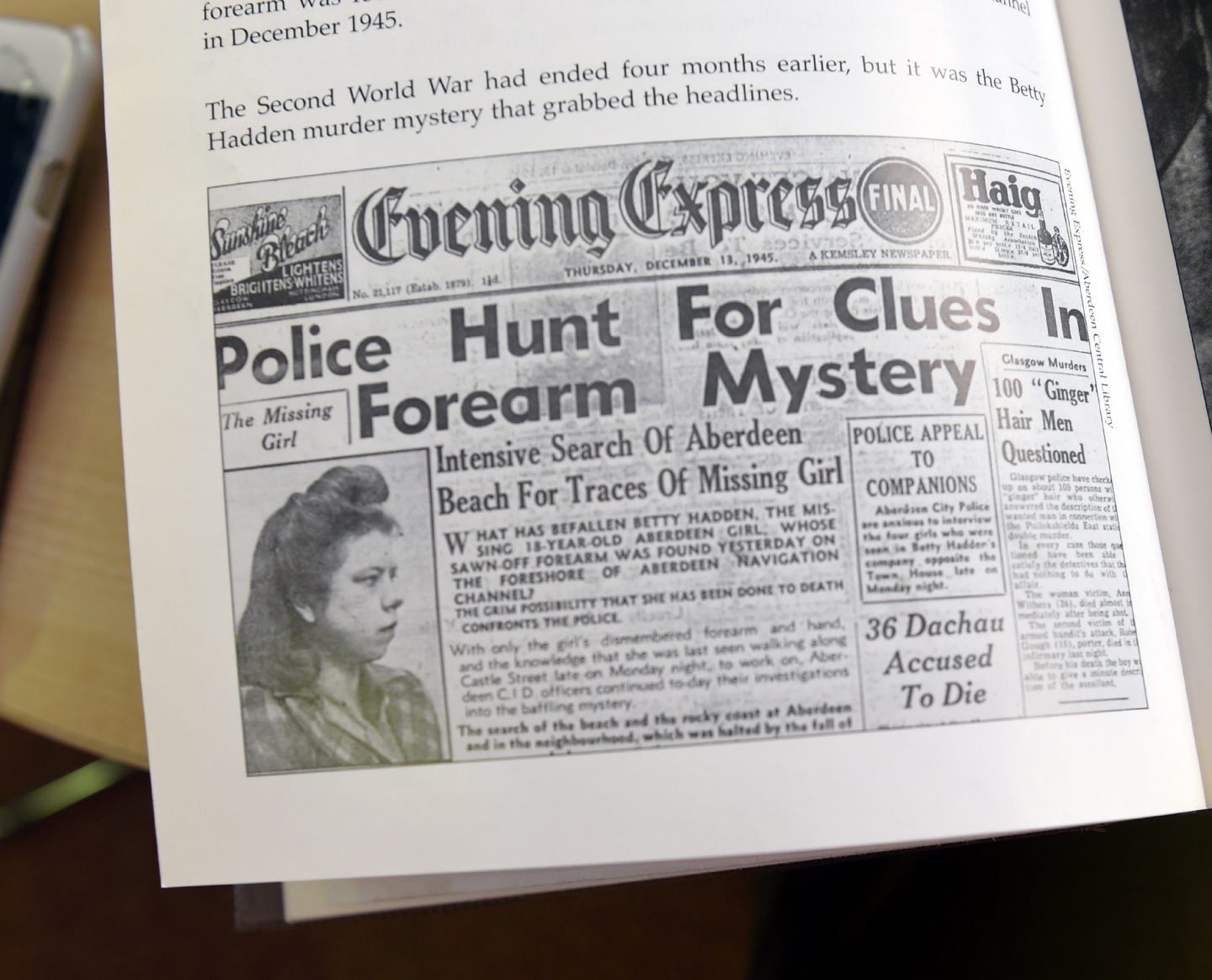
The forensic expert, who is on the advisory board of the International Homicide Investigators Association, an organisation funded by the US Government, said police approaches to crimes had changed over the years, and the case would be looked at differently now.
He said: “The police tended to latch on to a suspect and then assemble evidence against them until they thought they’d got enough to convict them.
“And if they didn’t they would pick another suspect.
“Nowadays we do it by a process of elimination. In the case of say a girl who’s been raped and murdered on the docks you would say the first pool is every male who was in Aberdeen that night.
“After that maybe you get a partial DNA profile, so it’s everybody who matches what you managed to get, or if you’re sure the person is over six foot tall, you’d eliminate all the people that aren’t six foot tall.
“You don’t know who’s committed the crime until that final person who fails to be eliminated.
“That’s far safer. That’s the way we do it all over the UK now and in many countries all over the world.
“We’d be thinking differently these days, but I don’t think very much more would have happened than happened then. It would have been very difficult to detect that case.
“If we didn’t identify where she was cut up, and didn’t find the body, it’s almost impossible.”
